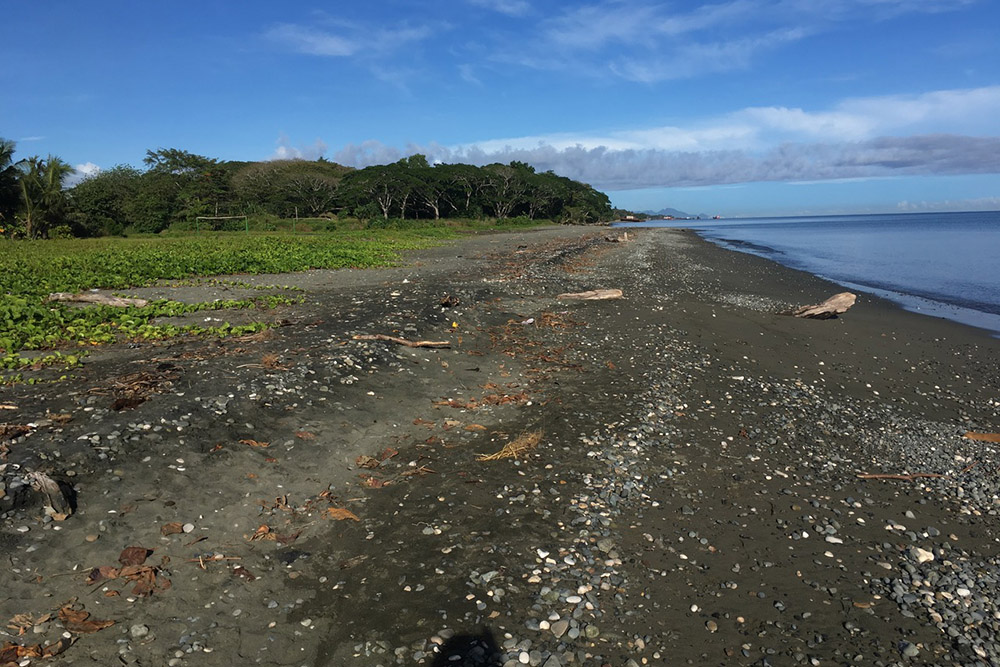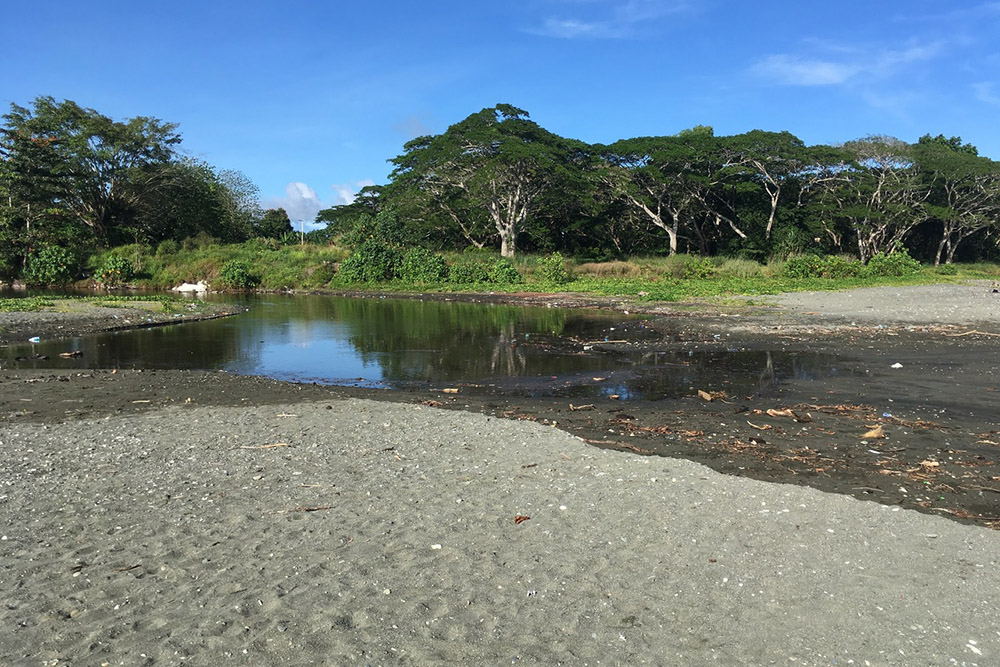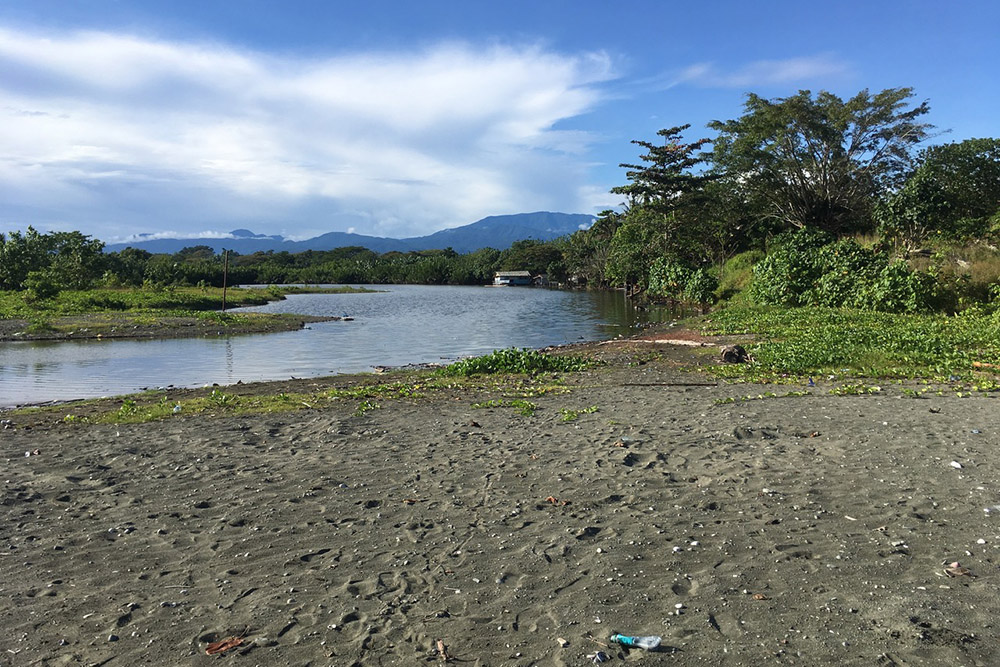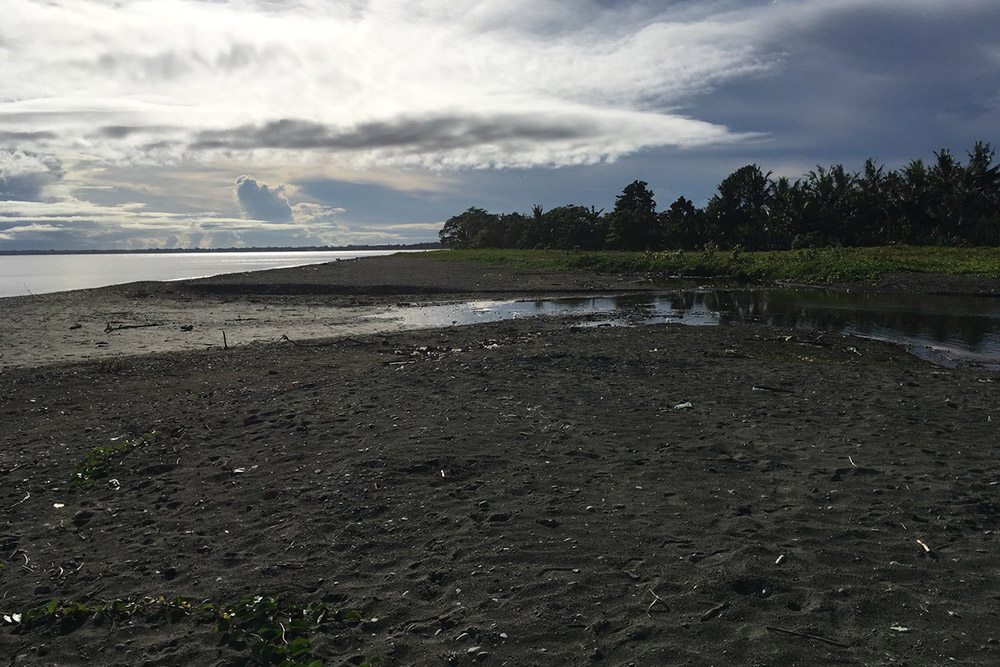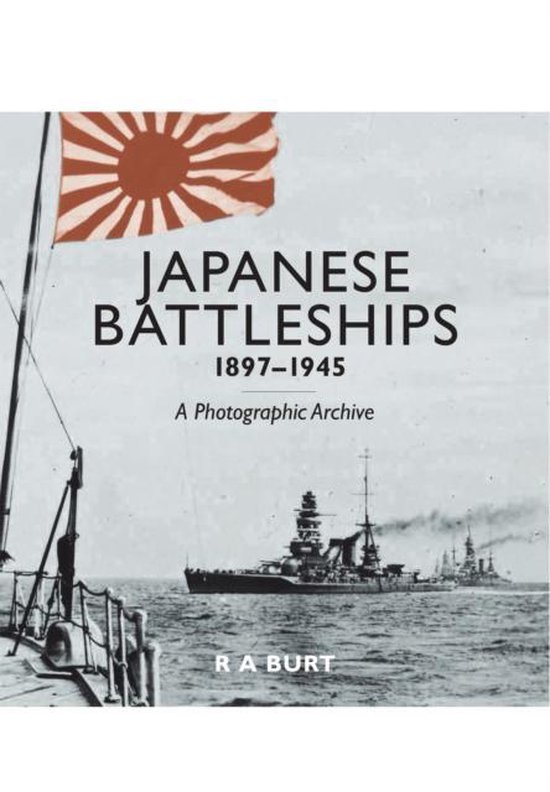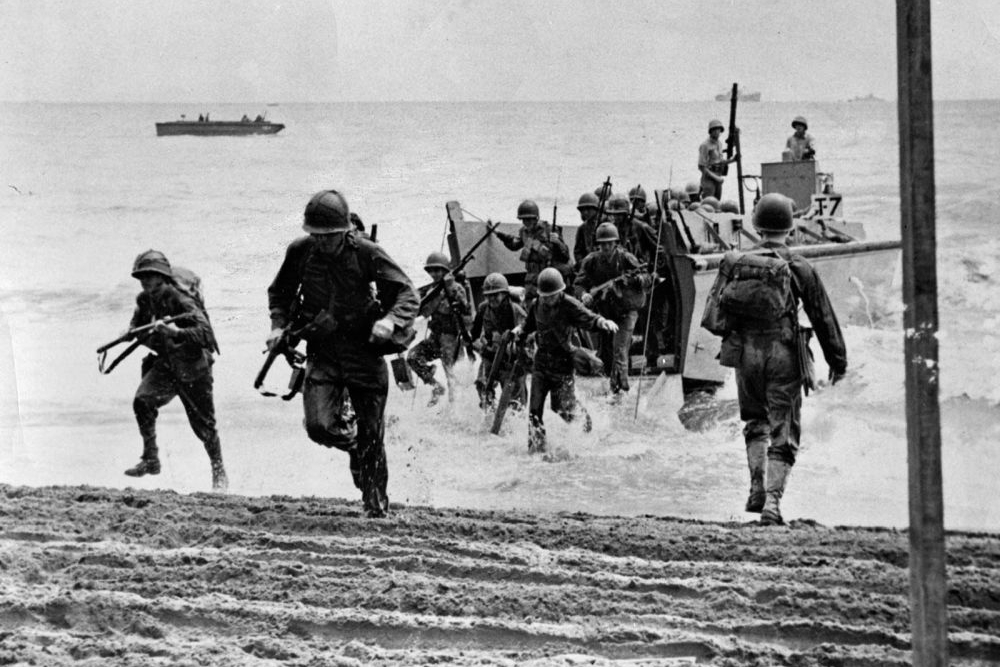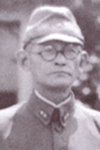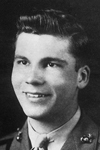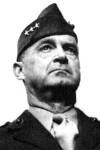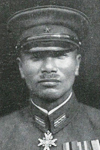Alligator Creek
These photographs show the topography of the Battle of the Tenaru River, Guadalcanal, August 20-21, 1942, one of the first engagements of the United States in World War II and certainly the first American land victory of the war.
The first photograph shows the view that the Ichiki Detachment would have had approaching the lines of the 2nd battalion, 1st Marine Regiment—except that the Ichiki Detachment made a nighttime attack on August 20, and the fighting raged all night.
The mini-series The Pacific has an episode that describes the battle.
The second photograph is closer-in view of where the Marines were dug in, behind barbed wire. The Japanese made repeated banzai attacks against the American lines, and some invaders got through, although not many.
The third photograph shows the view of the river Ilu (Marine mapmakers mistakenly labeled it the Tenaru, hence the name of the battle) as it becomes Alligator Creek (the mouth of the river). The Marines were dug in all along the right bank.
The fourth photograph shows the view that the American Marines would have had at sunrise, with the beach lined with living and dead Japanese soldiers.
In the battle’s last phase, the 1st battalion, 1st Marines enveloped the Japanese—in the fourth picture, they came out of those trees on the right—and sealed the fate of the Japanese on the beach. Some 800 Japanese soldiers were killed in the encounter.
The actual fate of Colonel Ichiki is unknown, although he died during or just after the fighting. Some Japanese accounts have him committing ritual suicide behind the lines, after it was clear his troops had lost their bid to destroy the Marine landing on Guadalcanal. Other accounts have him dying in the battle.
As the Marines were walking over this stretch of beach after the fighting had ended, one Japanese soldier, playing dead, rose up and threw a hand grenade that landed between Captain Nikolai Stevenson and Corporal Frank D'Errico, C Company, 1st Marines.
The only reason both men lived is because Cpl. D’Errico saw the grenade coming toward them, and that split second enabled the two men to hit the deck, allowing the grenade to explode up and over them.
Captain Stevenson killed the grenade thrower who turned out to be a senior officer under Ichiki, in charge of the Japanese rear guard. More recently, friends and relatives of Cpl. Frank d’Errico have lobbied to have him awarded the Navy Cross for his bravery in this action and in the battle. Late in his life, Colonel Stevenson endorsed the recommendation and would often say to friends, "Frank d’Errico saved my life."
Casualties:
Lieutenant Perry Perine was killed as he worked to build up the firing line just before the bayonet charge
For further reading:
—William Bartsch's Victory Fever on Guadalcanal
—Nikolai Stevenson’s Four Months on the Front Lines (American Heritage)
—Herbert Merillat’s The Island
—Richard Tregaski's Guadalcanal Diary
—Matthew Stevenson’s Letters of Transit
Do you have more information about this location? Inform us!
Source
- Text: Matthew Stevenson
- Photos: Matthew Stevenson
- Pacific Wrecks
Related books
Nearby
Museum
Point of interest
- Location Command Post Lt. Colonel Edwin A. Pollock - Tenaru
- Ilu River Crossing - Tenaru
- Hell's Point - Lungga
Monument
- Japanese Memorial Battle of Tenaru - Tenaru
- Japanese Veteran Memorial Bench Guadalcanal - Tenaru
- Solomon Islands Memorial Garden - Lungga
Cemetery
Fortification
- Edson's Ridge - Hill 123 (Hill 2) - Tenaru
- Edson's Ridge - Hill 80 (hill 1) - Tenaru
- Japanese Coastal Battery Red Beach - Koli Point
Ship wreck
- Shipwreck USS John Penn (APA-23) - Ironbottom Sound
- Shipwreck USS Colhoun (DD-85/APD-2) - Ironbottom Sound
- Shipwreck USS Serpens (AK-97) - Ironbottom Sound
